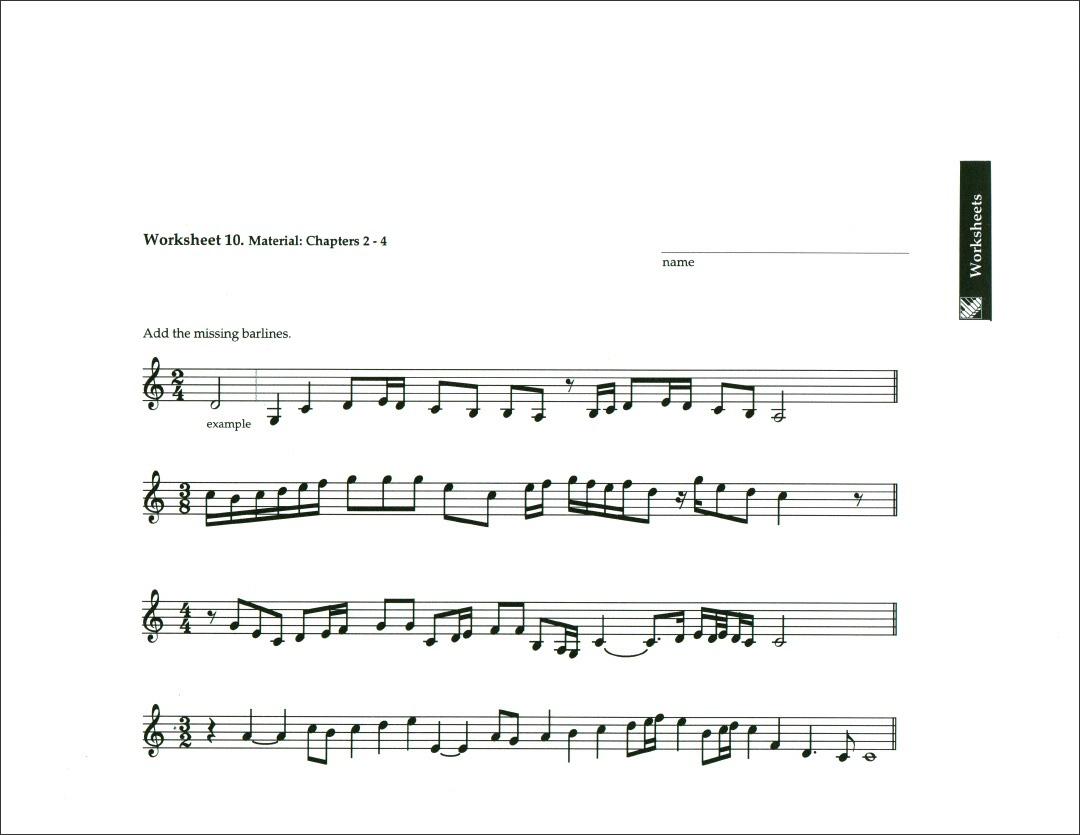


Give your child the freedom to choose what he wants or needs to do and to act on his own.ĭo not tell them what they have to do, but rather present them with choices of different materials/toys. Following the child also means being non-directive, do not tell them what to do all the time. If they want to climb, give them the opportunity to climb in a safe manner, do not be overprotective. The aim of the children who persevere in their work with an object is certainly not to “learn” they are drawn to it by the needs of their inner life, which must be recognized and developed by its means.” – Maria Montessoriįrom what you have observed from the actions of the children, follow them in what they need to do. Following The Childįollow the child, they will show you what they need to do, what they need to develop in themselves and what area they need to be challenged in. This is how observation can help create harmony, fulfilling the child’s current needs. If children are pushing things around the room and they need to walk but can’t do it themselves yet, help them or give them a wagon to push. Observation is also the way adults can learn about what the child needs are.įor example, if a child starts banging on objects, it means that he has a need for that gross motor activity, so give him a drum. She observed without preconceived ideas that helped her develop materials that the children needed and were interested in. This was the simple method of how Maria Montessori has learned about children and developed her theories on child development. We can spend countless hours just watching children and see how they are enjoying themselves, exploring their environment.

Observation, or watching the child is for parents easy to do. When the children are able to do things for themselves there is an increase in their self belief, self confidence and esteem that they may carry on throughout their life. Opportunities to move, to dress themselves, to choose what they want to do, and to help the adults with tasks. This is achieved by giving children opportunities. It is always a goal of Montessori education in the classrooms to make the child independent and be able to do things for himself. “Never help a child with a task at which he feels he can succeed.” – Maria Montessori. Maria Montessori Theory – Key Principles of the Montessori Method The following are the goals and beliefs that Maria Montessori held with regards to her approach to educating children. It is within these concepts we find the reasoning behind why things are such in a Montessori environment. The Montessori Theory methods, concepts and foundation principles can be applied across all ages.


 0 kommentar(er)
0 kommentar(er)
